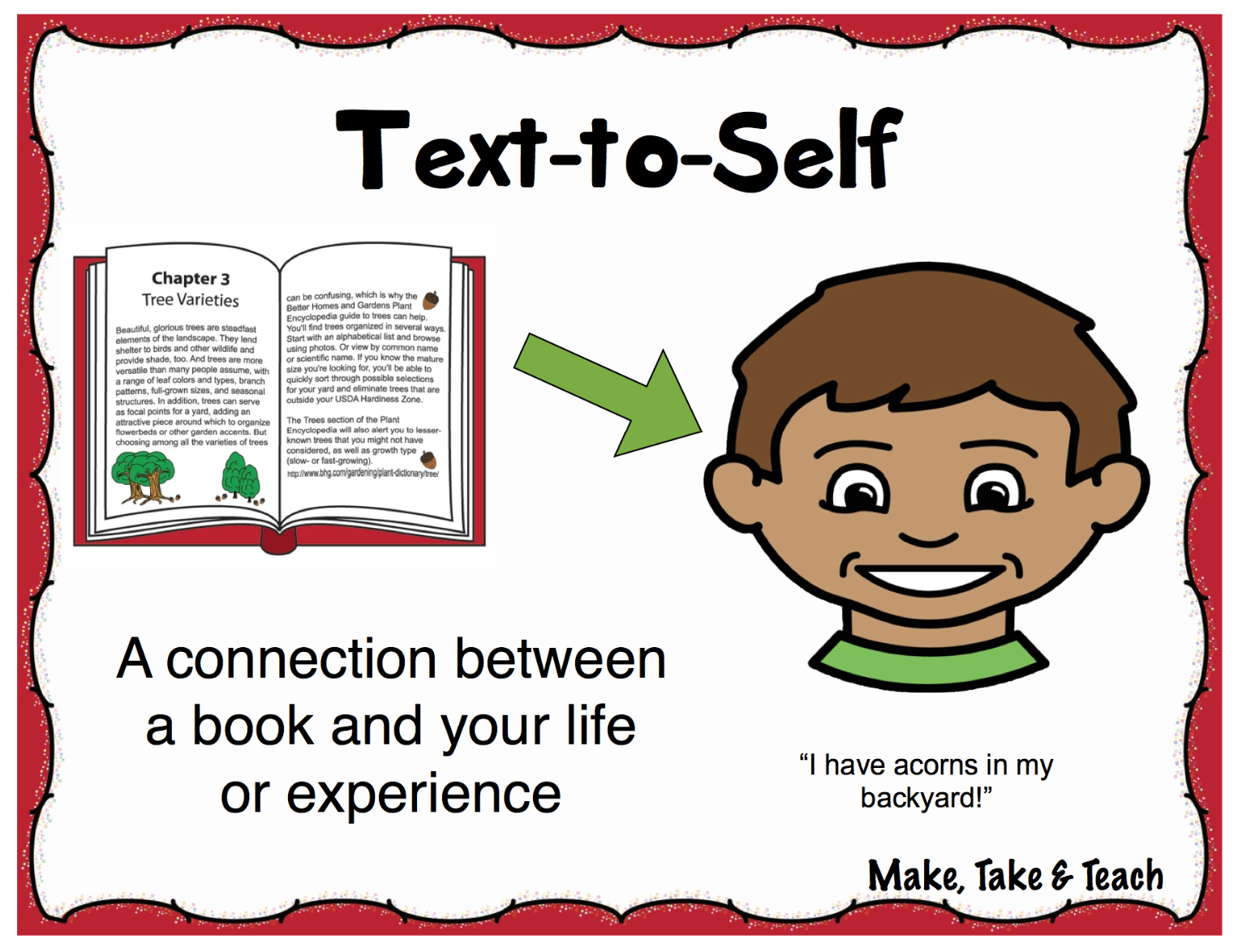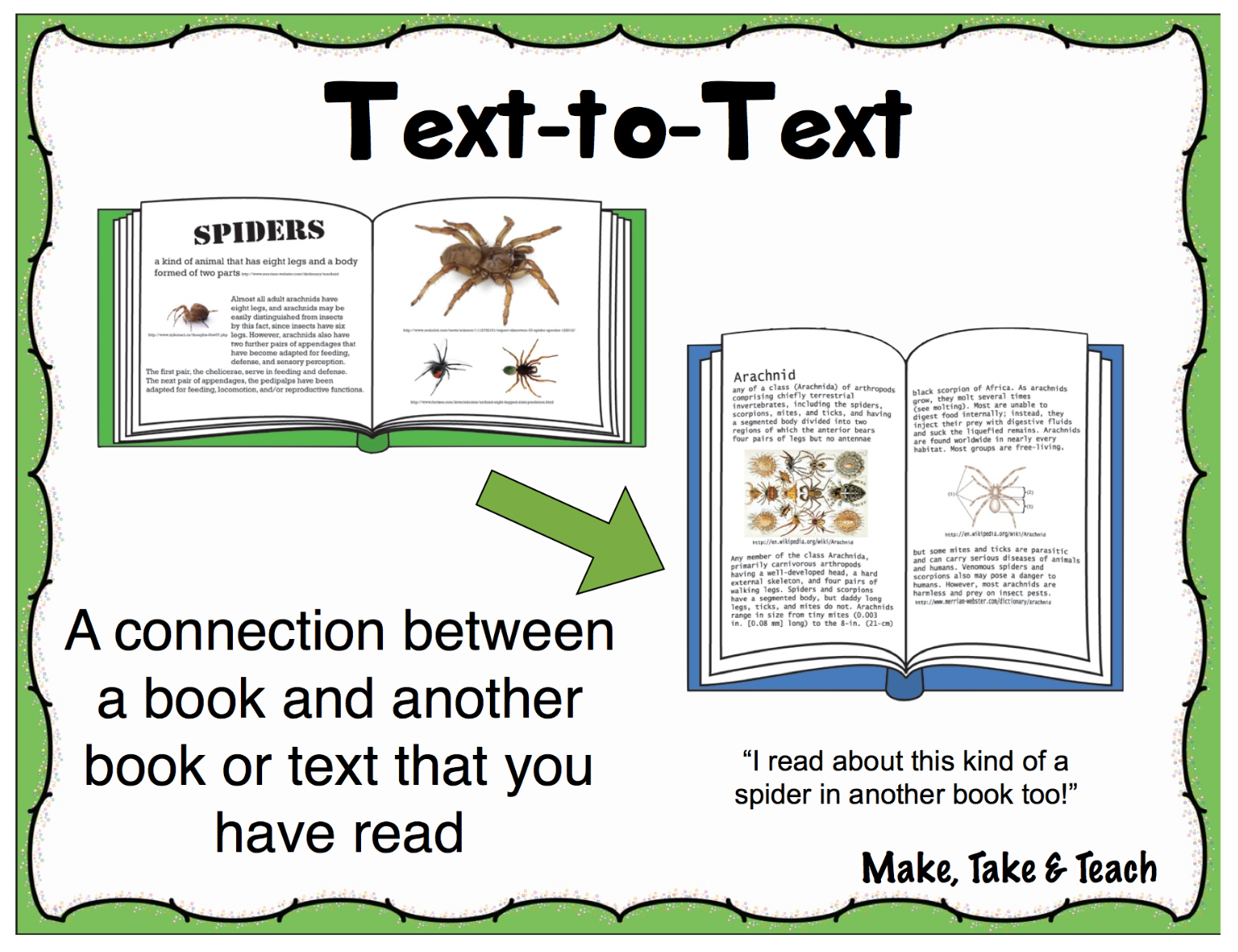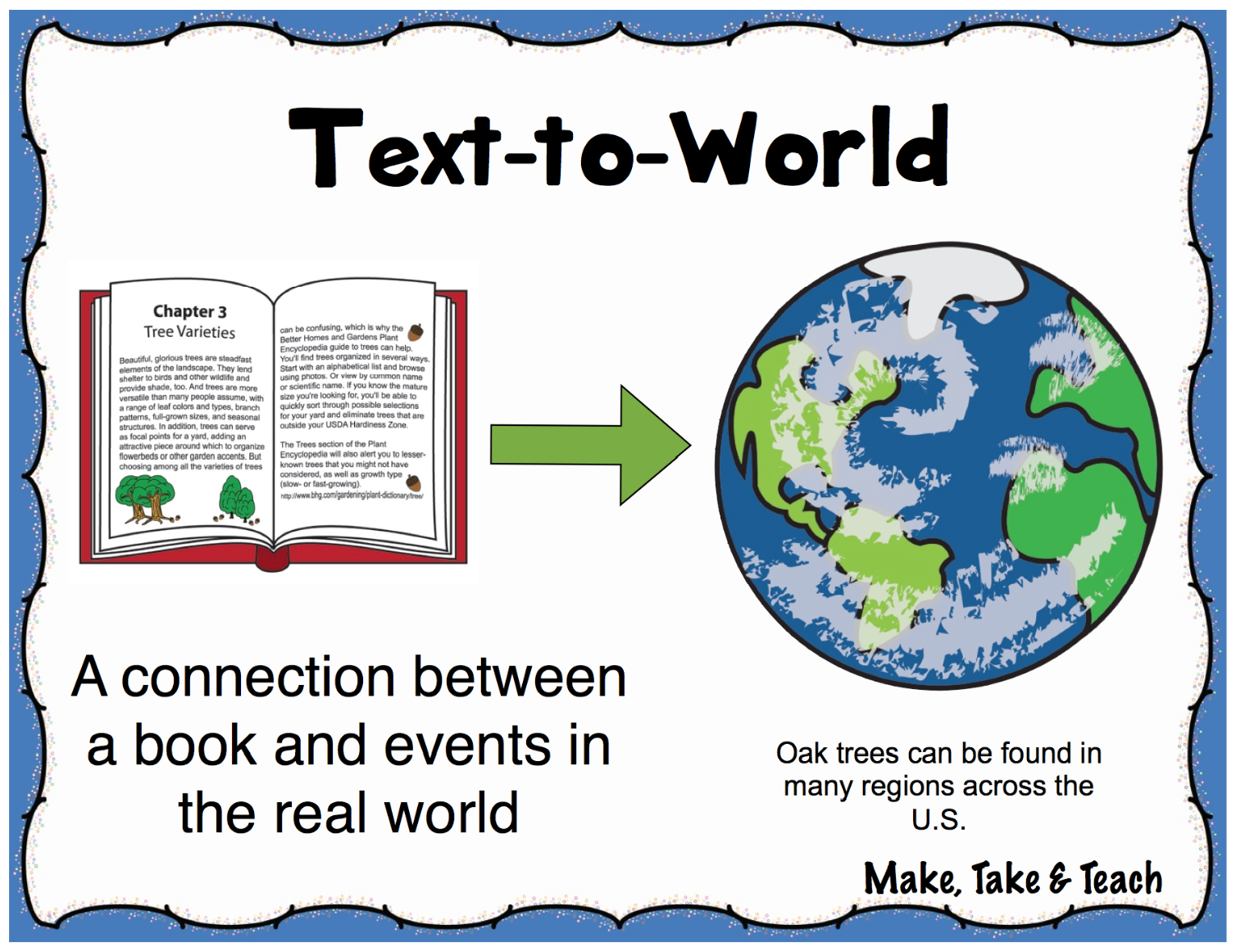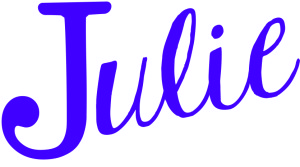Good readers often draw upon their background knowledge and experiences to help them understand what they are reading. Good readers use that knowledge to make connections with the text. Research has shown that students who are able to make those personal connections with the text and question whether the text they are reading makes sense based upon their own background knowledge, tend to understand what they are reading. As good readers access their prior knowledge to improve their comprehension of the text, struggling readers tend to move through the text without stopping to make those connections or considering if what they are reading makes sense. Often, when presented with difficult reading material, the struggling reader is so focused on decoding those difficult words, there is little mental space left for “thinking about reading”.
“Activating Background Knowledge” is one of several key comprehension strategies. Colleen Buddy proposed three different ways in which readers draw upon their background knowledge to make connections to the text: text-to-self, text-to-text and text-to-world (Buddy quoted in Keene and Zimmerman, 2007).
Text-to-Self
When a reader makes a text-to-self connection, he is drawing upon his own personal life experiences to connect with the text. For example, a reader may say, “Hey, I’ve been to the beach before and my dad and I walked along the shore looking for starfish!” prior to reading a book about the seashore.
Click the following link to download all 3 classroom posters: Making Connections- Classroom Poster Set
Questions that facilitate making text-to-self connections: Has this or something like this ever happened to me?, How similar or different is this to my life? What does this remind me of in my own life?
Text-to-Text
A text-to-text connection occurs when a reader makes a connection between a text that he will be or is reading to another text. A reader may make a connection between texts written by the same author, a story of a similar genre, or another book or article on the same topic.
Questions that facilitate making text-to-text connections: Does this remind me of another book I’ve read? Have I read about this topic before?, How is this similar or different from other texts I’ve read?
Text-to-World
A reader makes a text-to-world connection when he connects what he is reading to ideas and events occurring the world. Readers have ideas of how the world works that go beyond personal experiences and what was read in previous texts. Readers learn about the world and events through a variety of media and other means such as conversations with others.
Questions that facilitate text-to-world connections: What does this remind me of in the world?, How does is this similar or different to what I know happens in the world?
Teaching the Strategy
For some students, making connections comes naturally. All too often our struggling readers fail to instinctively use the strategies that can help them understand what they are reading. For all readers, though, direct teacher modeling though think-alouds is the best way to teach students to use this strategy. Prior to reading text, the teacher may model a text-to-self connection by saying something to the effect of, “this text reminds me of a time when I…”. Having students read a variety of texts on a given topic will provide a vehicle for teaching students to make connections between texts. The teacher can then model the connections by saying, “Oh, this part of this text reminds me of the other book we read….”. Having the posters may also cue your students to remember to make those connections that will improve reading comprehension.






Leave a Reply